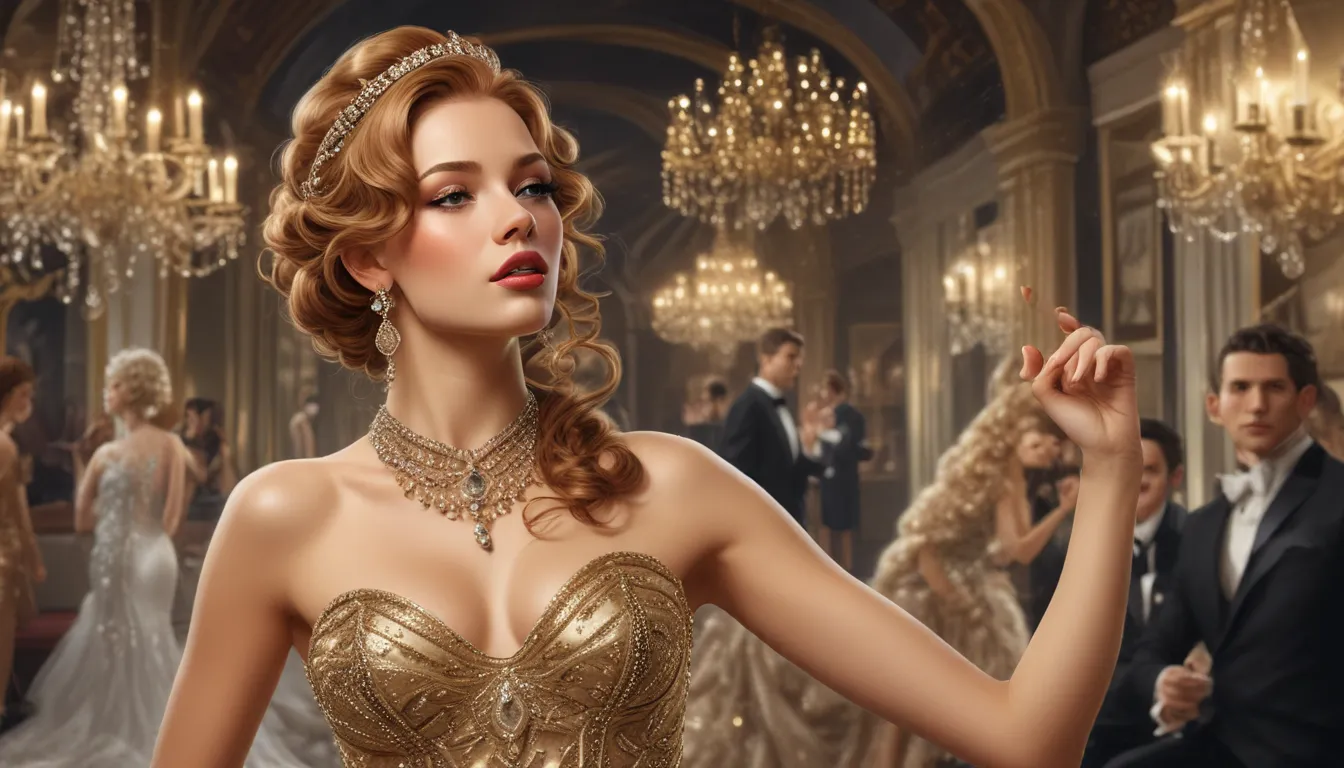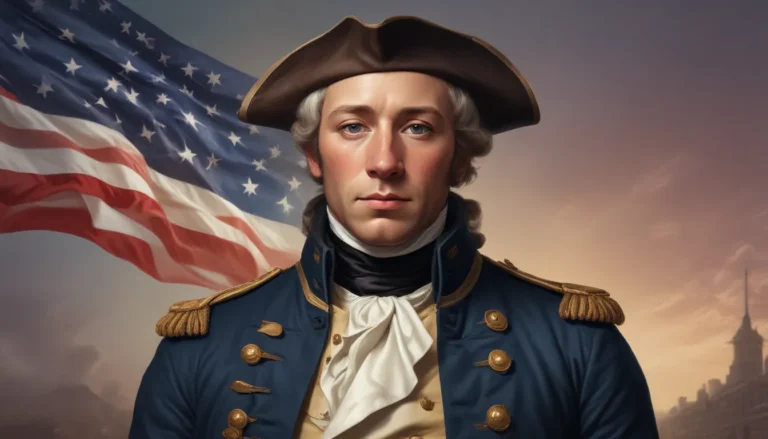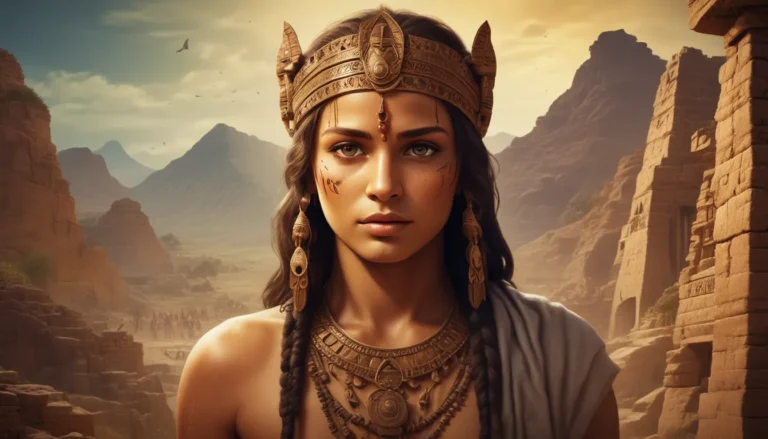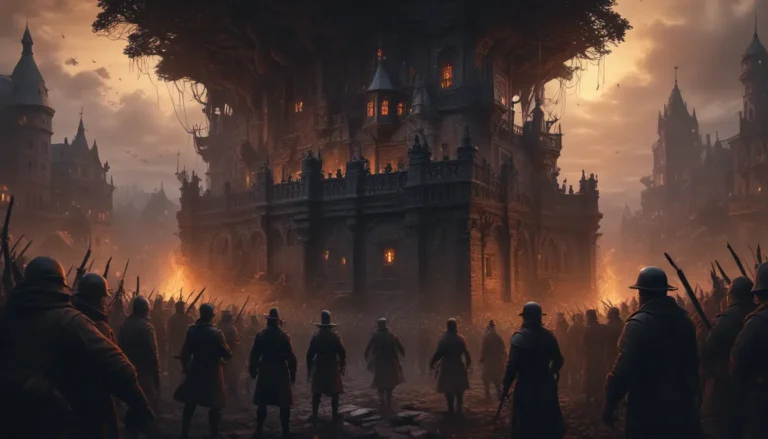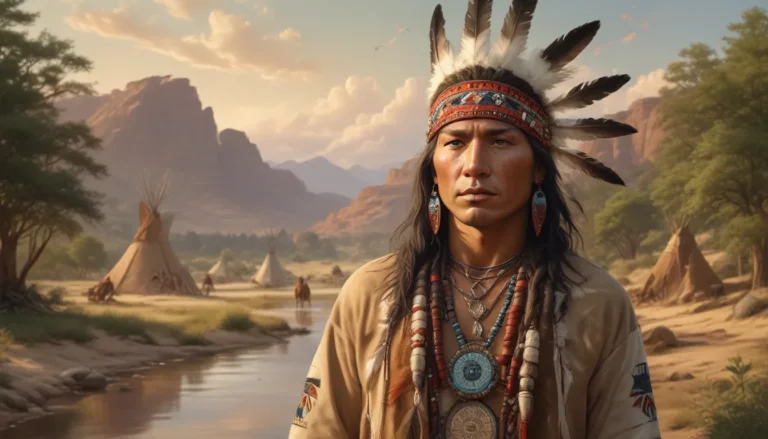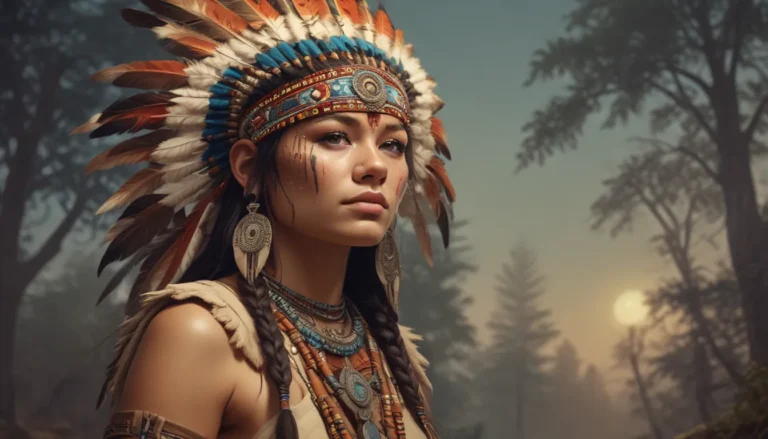The images in our articles may not match the content exactly. They are used to grab your attention, not to show the exact details in the text. The images complement the text but do not replace it.
Have you ever wondered what made the 1920s such a roaring decade? Dive into the fascinating world of the “Roaring Twenties,” a time of dramatic change, cultural upheaval, and sheer innovation. From flappers challenging societal norms to groundbreaking advancements in technology and entertainment, the 1920s were anything but dull. Let’s take a closer look at 25 great fun facts about this unforgettable era that defined a generation and shaped the course of history.
The Roaring Twenties: A Time of Innovation and Change
The 1920s, often referred to as the Roaring Twenties, was a decade marked by significant change and cultural evolution. Let’s explore some key highlights of this transformative period:
- Jazz Music Takes Center Stage: The 1920s witnessed the rise of jazz, a genre that symbolized the break from tradition and embrace of new cultural norms. Originating from African American communities in the South, jazz quickly spread across the United States, becoming the soundtrack of the decade.
- Women Gain the Right to Vote: A monumental shift in societal norms occurred in 1920 with the ratification of the 19th Amendment, granting women the right to vote. This marked a significant victory for the women’s suffrage movement and paved the way for further gender equality advancements.
Economic Boom and Technological Advances
The 1920s were not just about cultural shifts; they also saw remarkable economic prosperity and technological advancements that revolutionized daily life:
- The Birth of Mass Production: Henry Ford’s introduction of the assembly line revolutionized manufacturing, making cars more affordable and increasing efficiency across industries.
- First Transatlantic Flight: In 1927, Charles Lindbergh made history with the first solo nonstop flight across the Atlantic, showcasing the potential for future air travel.
- The Advent of Talking Movies: The late 1920s marked the transition from silent films to “talkies,” ushering in a new era in entertainment with movies like “The Jazz Singer.”
Prohibition and the Speakeasy Culture
Prohibition, the nationwide ban on alcoholic beverages, was a defining aspect of the 1920s, leading to the rise of speakeasies and organized crime:
- Prohibition Leads to Speakeasies: Illegal bars known as speakeasies became social hubs where people mingled, often accompanied by jazz music, in defiance of Prohibition laws.
- Rise of Organized Crime: Mobsters like Al Capone capitalized on the illegal liquor trade, leading to the rise of organized crime during this tumultuous period.
A Decade of Firsts and Lasting Impact
The 1920s were a time of many firsts and significant events that left a lasting impact on society:
- Introduction of the First Robot: In 1921, the concept of robots was introduced with the play “Rossum’s Universal Robots,” sparking imaginations about automated machines.
- The Harlem Renaissance: Celebrating African American culture, the Harlem Renaissance showcased talents like Langston Hughes and Zora Neale Hurston, promoting diversity and creativity.
- Stock Market Crash of 1929: The decade ended with the Great Depression following the stock market crash, underscoring the era’s economic volatility and impact.
A Glimpse Into the Roaring Twenties
Looking back at the Roaring Twenties, we see a whirlwind of innovation, cultural shifts, and historical milestones that continue to shape our world. From the birth of jazz music to the rise of iconic figures like Mickey Mouse, the 1920s laid the groundwork for modern advancements and societal changes. As we reflect on this transformative decade, we recognize its enduring impact on contemporary life and the lessons it offers about embracing change and progress.
Frequently Asked Questions
Curious to learn more about the 1920s? Here are some popular questions and answers to expand your knowledge:
- Q: What were some popular foods in the 1920s?
- A: Flapper pie and Waldorf salads were popular, along with finger foods from speakeasies like stuffed mushrooms and shrimp cocktail.
- Q: How did fashion change in the 1920s?
- A: Fashion saw daring shifts with flapper dresses for women and pinstripe suits for men, reflecting a more casual yet stylish trend.
- Q: What major technological advancements occurred in the 1920s?
- A: Radio broadcasting and automobile adoption transformed entertainment and society, shaping modern conveniences and lifestyles.
- Q: Were there significant cultural shifts during the 1920s?
- A: Jazz music and the Harlem Renaissance exemplified cultural innovation and diversity, marking a period of artistic flourishing.
- Q: How did the 1920s impact women’s rights?
- A: The ratification of the 19th Amendment and growing independence among women reflected progress in gender equality and societal roles.
- Q: What role did prohibition play in the 1920s?
- A: Prohibition led to speakeasies and organized crime, showcasing defiance against the law and societal tension.
- Q: Can you name any iconic figures from the 1920s?
- A: Charlie Chaplin, Babe Ruth, and jazz legends like Louis Armstrong, along with renowned writers, defined the cultural landscape of the era.
- Q: What were some challenges faced during the 1920s?
- A: The stock market crash of 1929 led to the Great Depression, racial tensions persisted, and the resurgence of the Ku Klux Klan posed societal challenges.
In conclusion, the 1920s stand as a testament to innovation, resilience, and cultural revolution, leaving an indelible mark on history and inspiring generations to come. Let the spirit of the Roaring Twenties ignite your curiosity and appreciation for the past, as we journey through time and explore the transformative legacy of this remarkable decade.
